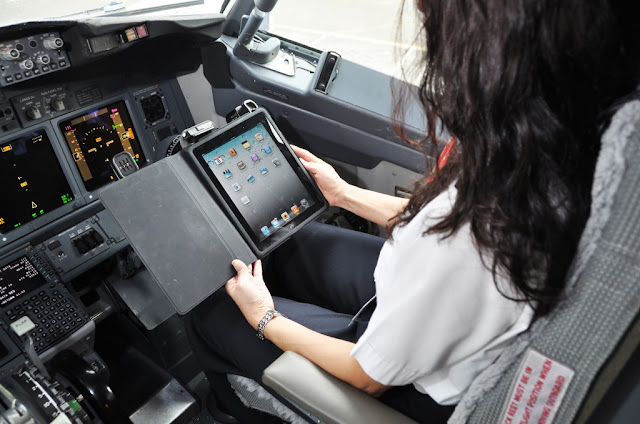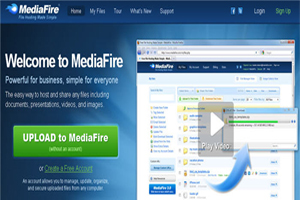Ryan Faas in a Computerworld article reports, “The new edition of Apple’s new Mountain Lion Server platform is revolutionary in a lot of ways, not the least of which is the $19.99 price tag.”
Mountain Lion Server includes basic server functionality for the small to mid-size business (SMB) market:
- File sharing
- Network printing
- Client backups
- Website hosting
- VPN
- Email services
- Centralized contacts for an organization
- Shared calendars
Ryan Faas in Aug 1, 2012 also reported in a mac-talks.com article,
that Apple has recently been slowly steering its server platform away
from large enterprise deployments. Instead, according to Faas, Apple has
directed more efforts toward redesigning OS X Server to meet the
needs of small to mid-size businesses. Additionally OS X Server is
geared to accommodate “Apple-centric” or business departments
utilizing Apple devices, as well as workgroups in larger
organizations.
Wayne Dixon in a July 25, 2012 article states Apple’s focus on the
enterprise market in the past has been somewhat ambivalent. The
enterprise market has traditionally been, and is currently still,
dominated by the PC segment. The reasons surrounding this development
include:
- Better enterprise-level support from Microsoft
- Better competitive pricing
- Focused growth and advancement in the enterprise market segment
These reasons were compounded by the fact that mainstream IT professionals in the past rarely used Apple products; this resulted in a lack of knowledge and skill sets around Macs and iOS devices. Also, Apple computer and iOS device users rarely had a need for enterprise IT functions such as mass deployment, client or device management, and integrating Macs and iPhones and iPads with enterprise systems like Active Directory or Exchange.
One example leading to speculation that Apple is not progressing in the enterprise market is the recent removal of the Xserve from its product line since January 31st, 2011. According to Dixon, the reason why Apple pulled the Xserve from the product line was due to low sales. Dixon quoted only 50,000 Xserves were being sold per year, in contrast to Apple selling millions of iPads or iPhones during a launch weekend.
However this claim was met with the argument that, the Mac Mini
Servers and Mac Pro Servers filled the role of enterprise servers both
of which are same form factors as their non-server, desktop computer
counterparts. This makes sense for Apple to modify the server hardware
line to be in the same form factor as some of the other Mac desktop
computer products. Apple can now use the current production lines to
build and swap parts for Mac Mini and Mac Pro servers rather than have a
dedicated line to solely producing the Xserves.
Amidst these claims and speculations Apple seems to have gained a
foothold in the enterprise IT market. This change in Apple’s
relationship with the business enterprise market started evolving in
2010 when Apple introduced MDM and security capabilities into iOS, and
opened that architecture to third party vendors.
This growing foothold of Apple’s presence in the enterprise world may
prove that it wasn’t that Apple did not understand or chose to ignore
enterprise IT. What Apple has done is make an unpredicted entry into
enterprise businesses via iPhones and iPads by concentrating on
appealing to users as opposed to IT managers. Third party vendors
focused on delivering enterprise capabilities directly in Apple consumer
products helped to tie iPhones and iPads into the enterprise IT
world.
So as Apple slowed development of end-to-end solutions for companies
and schools that wanted to deploy Mac technologies, it was at the same
time designing enterprise and consumer products to work with mainstream
enterprise technologies.
Pricing
Mac OS X Server has followed in the footsteps of Mac OS X, in that, as new versions of OS X have been released, Apple not only made improvements in the software but also, in the pricing.
Apple took a significantly different approach with OS X 10.7 Server pricing than previous OS X Server versions, this version was set at $49.99 while each OS X Lion client was priced at $29.99 for an unlimited number of clients for the server. Apple previously priced Snow Leopard Server at $499; this 90% reduction in price demonstrates Apple’s desire to increase accessibility for enterprise businesses to implement the new server software.
Apple has continued to drop prices for OS X Server with Mountain Lion Server; Apple has reduced the price of each client to $19.99 for the upgrade from Lion Server. Additionally, Server.app will now cost you $19.99 down from $49.99. If you are running Mac OS X 10.6.8 Snow Leopard or OS X 10.7 Lion upgrading to Mountain Lion Server will cost you $39.98.
Apple’s Entrance Into Enterprise IT
BYOD (Bring Your Own Device) programs have helped to integrate Apple products into many businesses. Many IT professionals now see iOS as easier to use and work with in corporate IT than Android. Apple’s disruptive entrance into the enterprise IT market via consumer products might may have a more far reaching and long lasting impact in this industry than previously predicted. Looking at companies like SAP, where the IT department manages 20,000 iPads and roughly the same number of iPhones, or Barclay’s Bank, using over 8,000 iPads, it’s obvious that Apple can scale to enterprise IT needs in terms of both sales and support.
Here at iTech we can help you realize your dreams and implement the best possible solutions for your home or business.
For more information visit our website at www.torontopcrepair.com or call 647 330-TECH (8324)
sources:
Ryan Faas. “10 Reasons Why Your Business Needs Mountain Lion Server [Feature].” Cult of Mac, July 17, 2012. http://www.cultofmac.com/179285/10-reasons-why-your-business-needs-mountain-lion-server-feature/
Wayne Dixon. “OS X 10.8 Mountain Lion Server: A Review.” Macgasm, July 25, 2012. http://www.macgasm.net/2012/07/25/os-x-10-8-mountain-lion-server/
Ryan Faas. “Apple: An Enterprise Giant, Hiding In Plain Sight.” Cite World, Jan 28, 2013. http://www.citeworld.com/business/21354/apple-could-dominate-enterprise-one-day-heres-why
Ryan Faas. “10 Reasons Why Your Business Needs Mountain Lion Server [Feature].” Cult of Mac, July 17, 2012. http://www.cultofmac.com/179285/10-reasons-why-your-business-needs-mountain-lion-server-feature/
Wayne Dixon. “OS X 10.8 Mountain Lion Server: A Review.” Macgasm, July 25, 2012. http://www.macgasm.net/2012/07/25/os-x-10-8-mountain-lion-server/
Ryan Faas. “Apple: An Enterprise Giant, Hiding In Plain Sight.” Cite World, Jan 28, 2013. http://www.citeworld.com/business/21354/apple-could-dominate-enterprise-one-day-heres-why
























